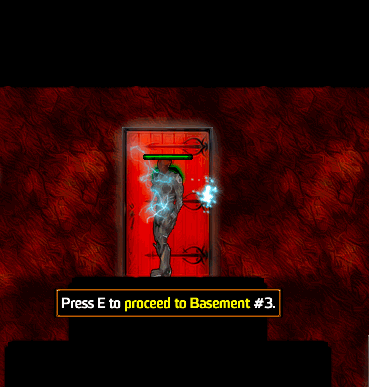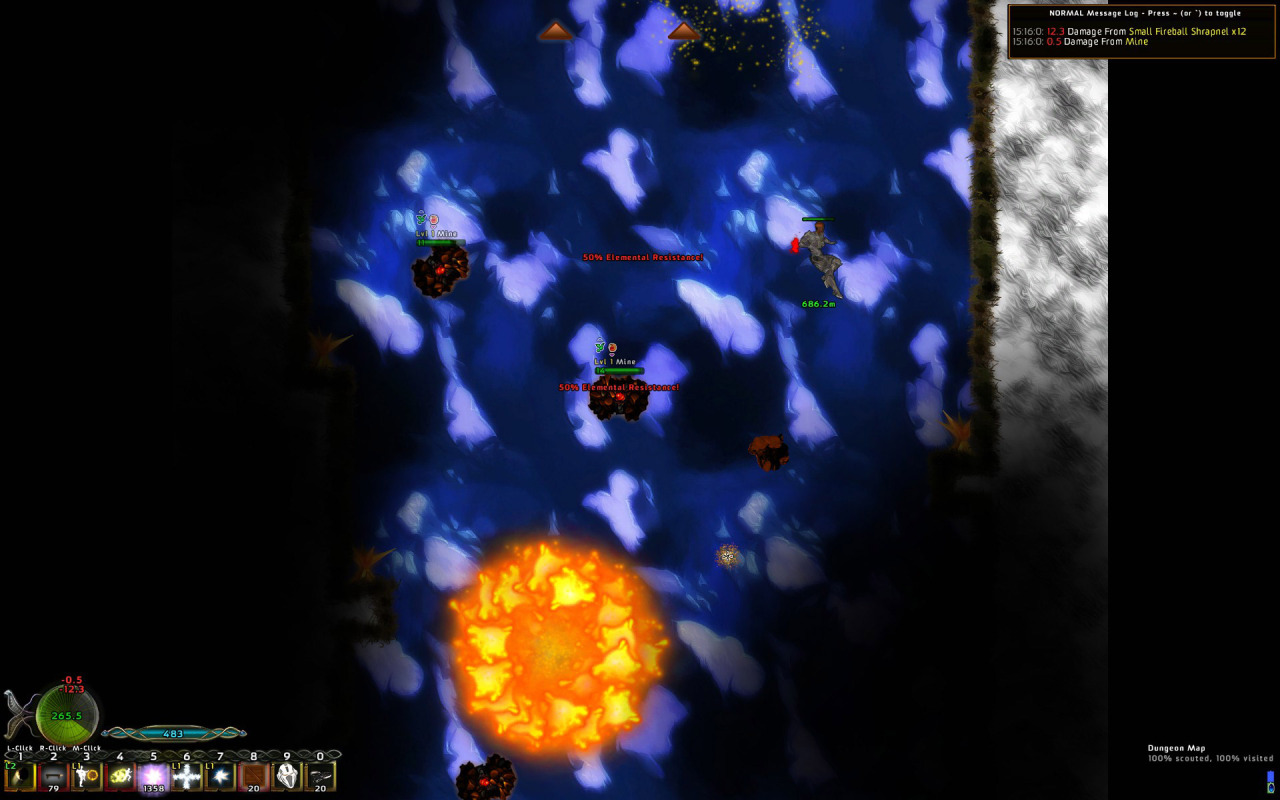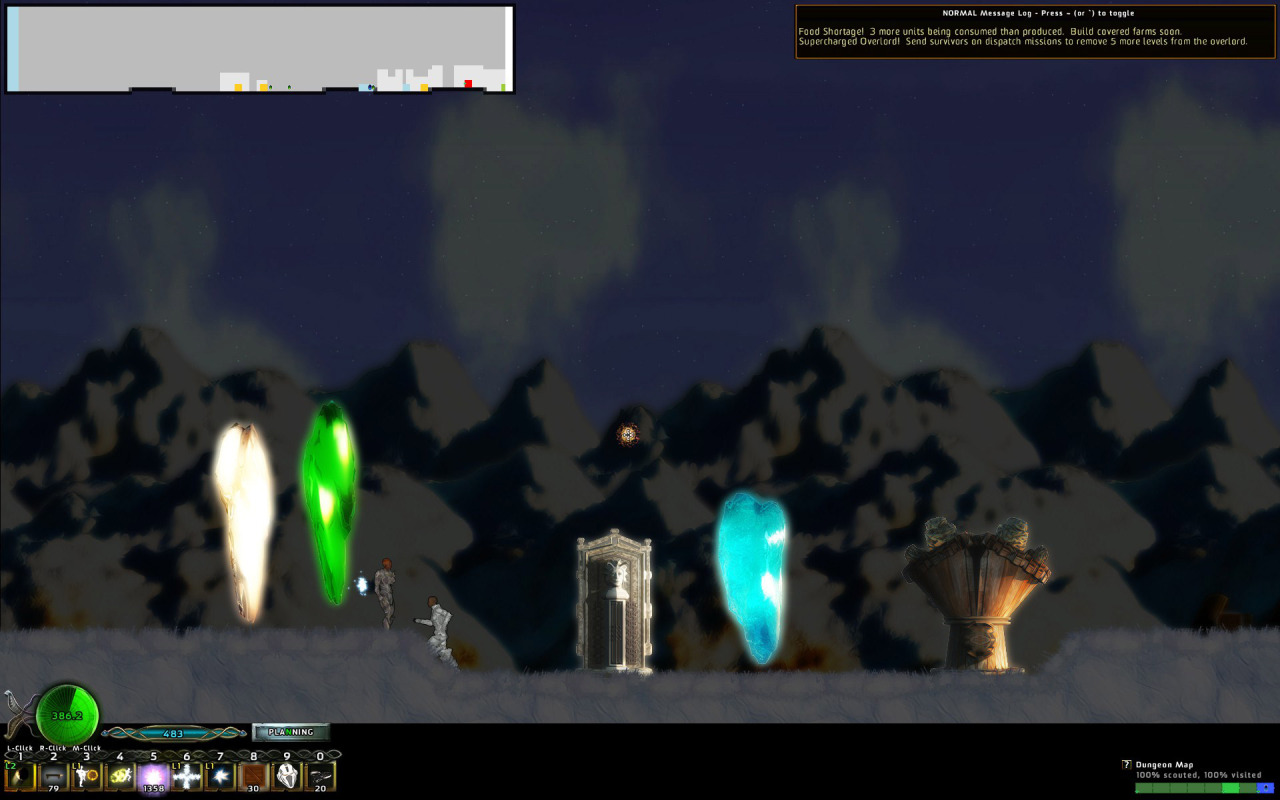


A Valley Without Wind 1
Arcen Games is well known for pushing their game design into unusual and unexplored areas. Including their use of procedural generation.
Their most well-known game is the massive asymmetric RTS AI War, which does feature procedurally generated galaxy maps, but the game where they really went all-in on procedural generation is A Valley Without Wind, which they describe as a “procedural metroidvania with crafting”.

Not only is the open-world you explore procedurally generated, but the game adapts to your playing. The arc of the game is intentionally designed with the procedural generation of unending content in mind. Your exploration and your Terraria-esque city-building tie together in your quest to defeat the Overlord.
If you haven’t figured it out yet from my description, this is a ridiculously ambitious game. Procedural metroidvania is hard enough, but A Valley Without Wind also has a strategic layer, city-building elements, spell customization, and crafting. Plus it throws in co-op multiplayer.
The setting is a good example of picking a story to give context to the generator: the world has shattered, time has fractured, and now bits of different time periods are jumbled up together in a world that’s beset by an eternally-blowing wind. Any oddities in the generation are a presumably a side effect of the shattering.
The downside is that the setting takes a lot of exposure to cohere: in leaning hard into the limitations of the generator, it doesn’t quite give the solid sense of place that some other world generators manage. Giving a generator a context that emphasizes its randomness makes it harder to see the patterns that are there.

The infinite play arc is another dual-edged feature: the idea of recursive, iterative arcs is a very good structure, but having it be endless brings in some of the problems with infinity that I’ve talked about. Some players will be very excited with the idea of an indefinite campaign, but it’s a specific taste, not a universal one.
All in all, it’s an interesting case study in one way to approach a game that uses procedural generation for its foundation, with both pluses and minuses. It’s a bit of an acquired taste, but at the same time there aren’t many games that attempt anything half as ambitious. It’s not a game for everyone, but there are some dedicated players who swear by it.
That flawed ambition lead to a mixed response and the eventual release of A Valley Without Wind 2, now packaged together with 1, but that’s a story for another time…
